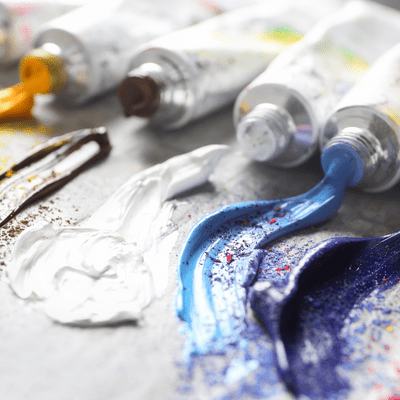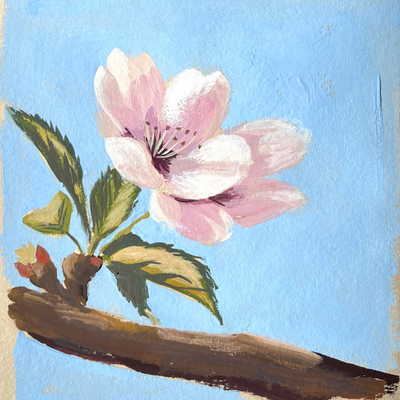Famous gouache painters
Many famous painters have used gouache paint in their artwork for finished pieces or studies. Gouache paint is a versatile medium that can be used on many different surfaces. This is a selection of famous gouache painters, certainly very personal!
William Turner, English, 1775–1851
Turner was a great watercolorist, and used gouache as well. He could mix both mediums, add white gouache for highlights, or gouache alone. He produced a vast number of studies, sketchbooks using gouache and/or watercolor.
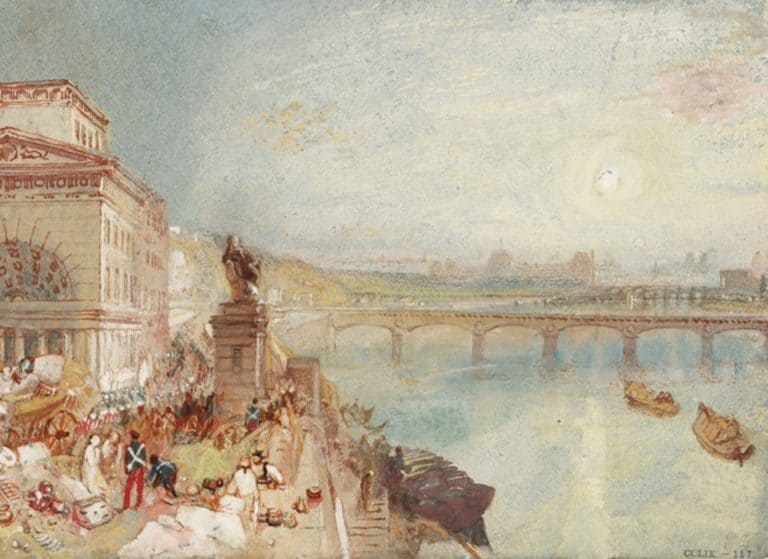
Paris from the Barrière de Passy c.1833
Gouache and watercolour on paper
143 x 194 mm (that’s huge!)
Henri de TOULOUSE-LAUTREC, French, 1864-1901
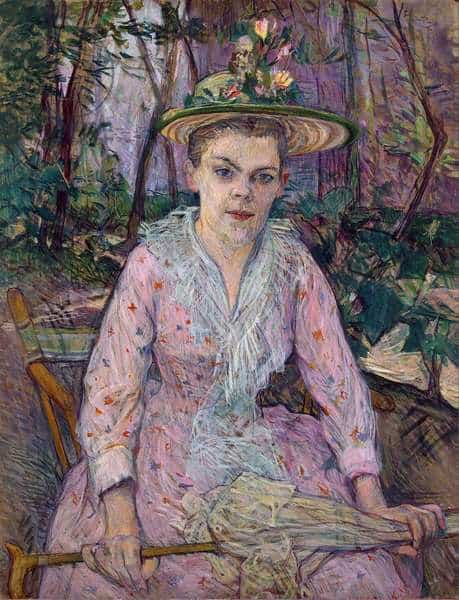
Henri De Toulouse-Lautrec, a famous French painter, started using pastels in his early childhood. He painted on the streets of Paris with watercolors and oils, including gouache paint. In 1892, he moved to Montmartre, where he met many artists who shared their skills and knowledge. He painted with various mediums: chalk, soft pastel, ink, oil, watercolor, and gouache. When painting with gouache, he was using cardboard as it’s steady and holds the paint well. He was a mixed media artist, as we would say today, and gouache painting was one of his numerous skills.
Vasily Kandinsky, Russian, 1866-1944
The artist worked in a wide range of materials, including oil, watercolor, gouache, tempera, and possibly mixtures of these media. Kandinsky’s choice of vivid colors and pigments is legendary.
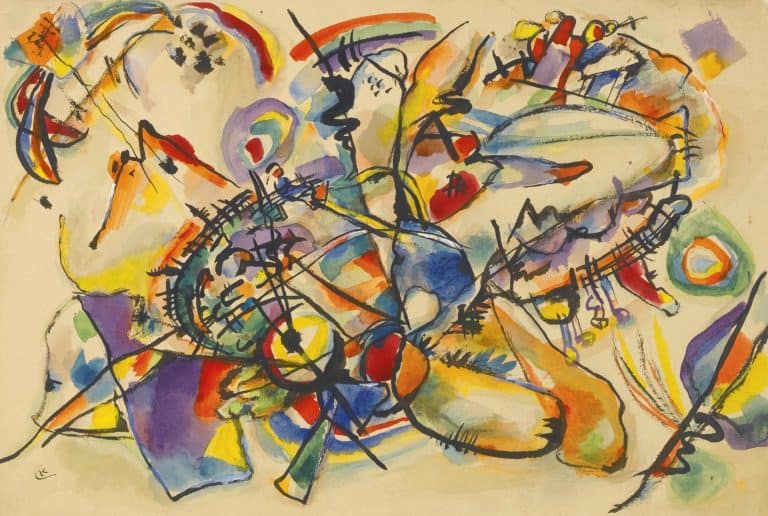
Untitled, gouache, 1916
John Singer Sargent, American, 1866-1925
He used watercolor with gouache and wax resist to create highlights in his paintings. Unlike watercolorists of his time, he had no problem adding gouache to watercolor. He was softening the edges of gouache with a light wash of watercolor.
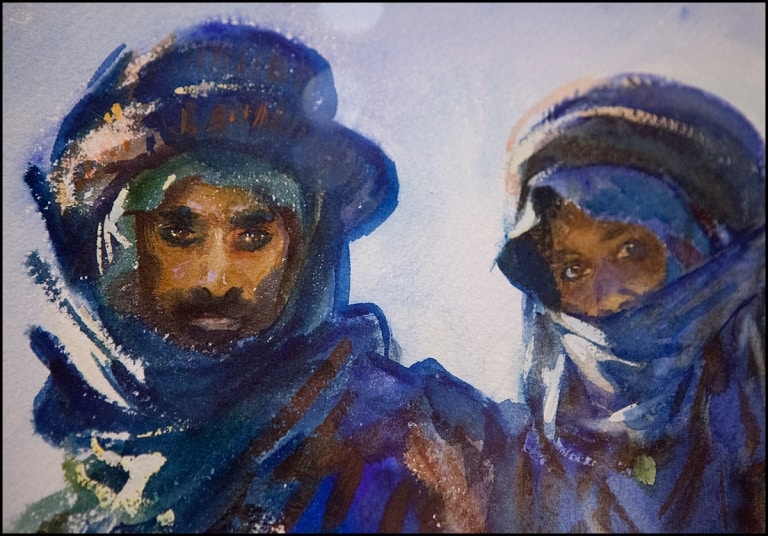
Henri Matisse, French, 1869-1954
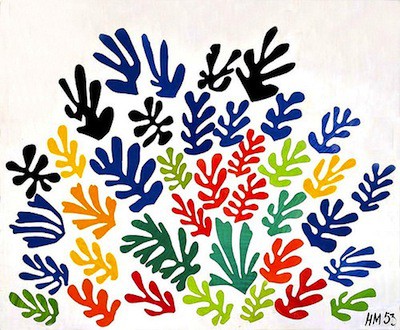
Matisse’s work had two main periods: Fauvism and his later works. During the last decade of his life, Henri Matisse used white paper and gouache to create a world of plants, animals, figures, and shapes. He created these works by cutting with scissors instead of painting. You can find an extensive article on Matisse’s cut-outs here.
Stepan Kolesnikov, Russian, 1879-1955
Kolesnikov was born and raised in Russia, moved all over Europe, and settled in what is now Serbia. His main subjects were farm workers, their field work, village life, and church celebrations. He painted a lot of winter landscapes; these often featured trees, figures, and buildings. He used oil and gouache, which allowed him to create soft and sharp areas.
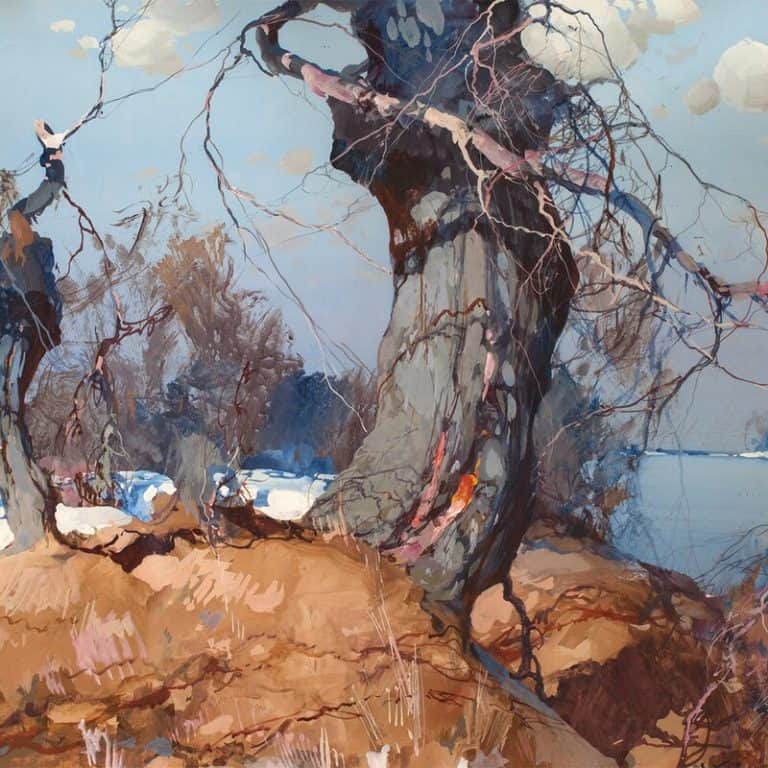
Joan Miro, Spanish, 1893-1983

Among hundreds of artworks, Miro produced a series of 23 paintings in 1904-41. The series is called ‘Constellations’ and is made with oil wash and gouache. Miro says: After my work [oil painting] I dipped my brushes in petrol and wiped them on the white sheets of paper from the album, with no preconceived ideas. The blotchy surface put me in a good mood and provoked the birth of forms, human figures, animals, stars, the sky, the moon, and the sun. I drew all this in charcoal with great vigor. Once I had managed to obtain a plastic equilibrium and order among all these elements, I began to paint in gouache, with minute detail of a craftsman and a primitive; this demanded a great deal of time.”
To them, gouache was a way to express their art, a medium like others. It’s impossible to name all famous gouache painters across history. Some more: Camille Pissaro, Egon Schiele, François Boucher, Adolph Menzel, Marc Chagall, Whistler…
Special thanks to the members of the Facebook group ‘Gouache Painters‘ where I asked for some input.





